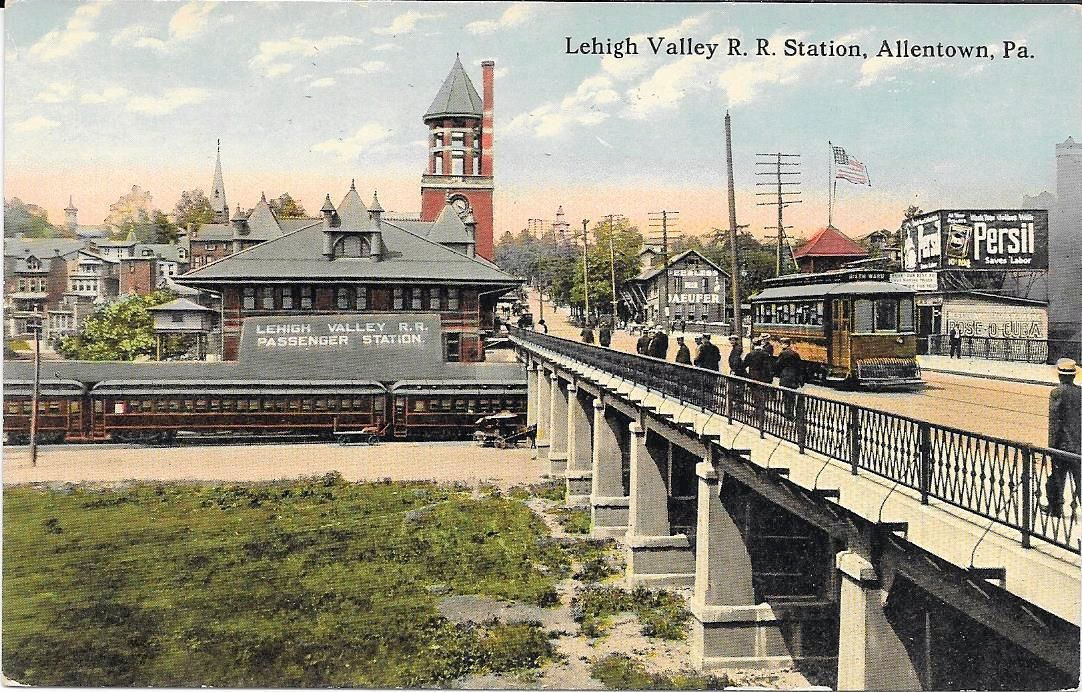
Addison del Mastro has a thoughtful essay at Real Clear Policy about the changing real estate landscape in eastern Pennsylvania’s Lehigh Valley, a region that includes the older cities of Allentown, Bethlehem, and Easton. His piece is focused on the disappearance of affordable housing across the region as it becomes more closely entwined with the economy of New York City. Long-term residents are being priced out; new housing is coming online very slowly, due to the usual morass of American regulatory barriers; and what’s being built largely caters to those with money.
I find it very sad to see this phenomena marching deeper into the American continent. Clearly, we have learned little from the past 40 years, because this is a repetition of a pattern that was seen in the working-class parts of New Jersey and the outer boroughs of New York City a generation ago. A community cannot absorb a great influx of new people under restrictive land use regulations without squeezing out long-term residents. At first, the results seem positive: reinvestment in vacant properties and improving tax rolls. But once any slack in the market is soaked up, this is what happens. And while some owners will cash out on rising property values, local renters and young people will be the ones who get the business end of the deal.
On a brighter note, it’s true what Addison writes about Pennsylvania’s small-town urbanism, here and on his Substack. My firm recently proposed on some planning work in the anthracite coal region, where zoning has never been enacted by some towns. The urban patterns are very traditional. Towns may be five blocks long, but for those five blocks it feels as though you’re in an old city. It’s nice.
